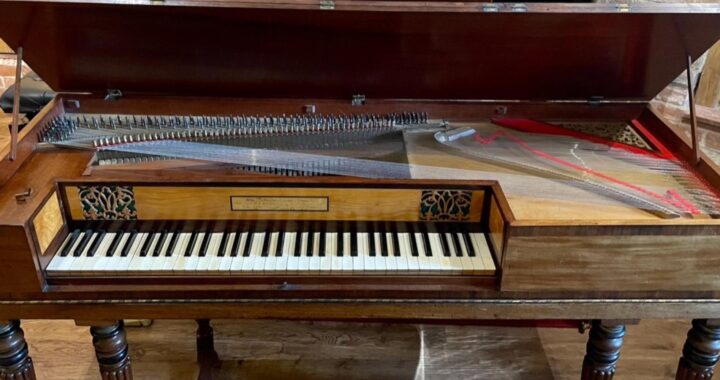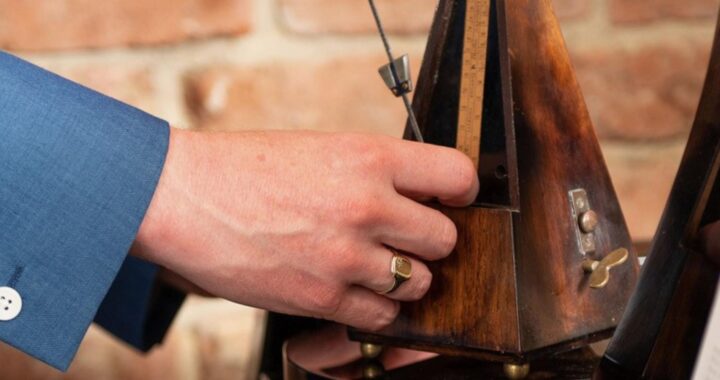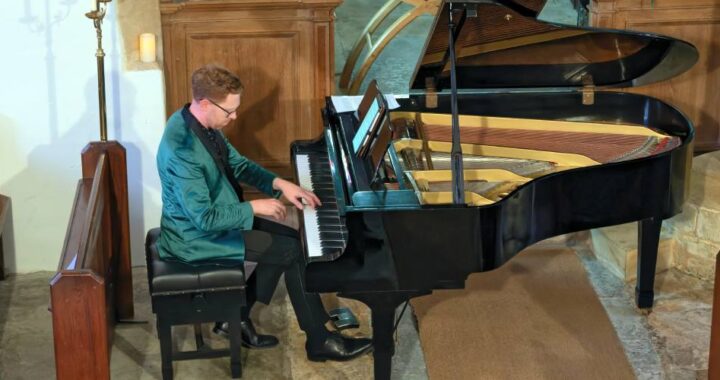
1. Use an Urtext edition
During the nineteenth and early twentieth centuries it became popular to play Mozart’s piano music in quite a romantic style. Many editions of the Sonatas add pedal markings, dynamics, tempo changes and phrasing not found in the original. It is therefore essential to use a good Urtext edition so that Mozart’s precise markings can be brought out.
2. Learn about Mozart’s life
Studying Mozart’s life and finding out the background to each of his compositions is not only interesting but also extremely helpful in understanding how to interpret his music. For example, the Sonata in A minor K.310 was composed shortly after the death of Mozart’s Mother, hence the minor key, dramatic dynamics and sometimes quite dissonant harmonies.
3. Listen to Mozart’s other music
Listening to other music by Mozart will demonstrate the many orchestral textures found in his piano writing and the references to his operas. It is interesting to see how Mozart’s music compares with other composers of that time.
4. Listen to performances on a fortepiano
A modern piano is capable of a large dynamic range and has a much stronger bass than instruments of Mozart’s time. Playing or listening to Mozart’s music on a fortepiano, which closely resembles the instruments of his time, will help in our own interpretation of his compositions, ensuring we play with a light texture and that the dynamics are not too extreme.
5. Take care to bring out Mozart’s articulation markings
Mozart’s piano compositions often contain relatively few dynamics. However, there are usually many detailed articulation marks, which should always brought out. The final note in a slur should be played shorter and softer. Staccatos must be clear and if notes contain no articulation marks it is often appropriate to play them slightly detached, especially in the lighter faster movements.
6. Usually learn without pedal first
Very rarely does Mozart’s music require the use of the damper pedal, although there are times when it is appropriate to use it on a modern instrument. Learning works without the pedal first ensures all the articulation details are brought out clearly and the correct fingering is learnt to keep it legato when required. Later some pedal can be added, but always ensure this doesn’t blur the harmonies or cause any lack of clarity.
7. Think orchestrally
It is clear that Mozart was thinking orchestrally when writing for the piano. If we can imagine various instruments playing different lines of the music, this will be helpful in interpreting this colourful music.
8. Always work out the fingering first
This really is an important rule with any piece of music. Taking time to work out the fingering and pencilling it in the music will lead to greater accuracy as the piece is learnt and the patterns become memorised. Ensure the fingering allows any articulation to be brought out clearly.
9. Ornaments should sound graceful and light
Mozart’s music contains a lot of ornaments but generally they should always sound graceful and light, especially in slow movements. Trying to fit too many notes into trills or playing the ornaments louder than other notes in the phrase can easily distract from the beautiful melody line. There are moments in livelier movements, however, where faster trills are appropriate.
10. Have imagination, wit and passion
Although there are darker moments, much of Mozart’s piano music is full of imagination and wit. Reading Mozart’s letters will give a useful insight into his unique sense of humour! Ensure your interpretation of Mozart’s music, particularly the faster movements, captures this sense of playfulness and energy.



